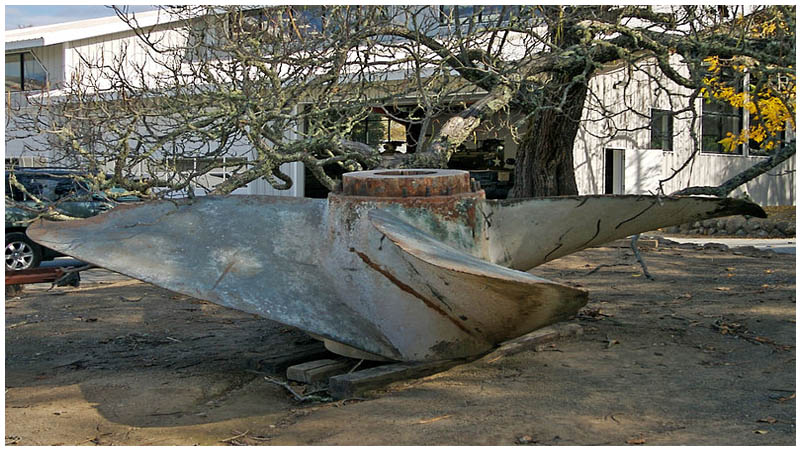This lavish vessel was one of the three most cherished ships of British-American cruise line, the Cunard Line. At the start of the 20th century, German ocean liners were known to be among the world’s best and fastest; Cunard’s ships were ardent competition.
In June 1903, Cunard Line received a £2.6 million ($3.5 million) loan from the British Government towards the cost of building two ships. They were given 20 years to repay the loan with an interest rate of 2.75%.
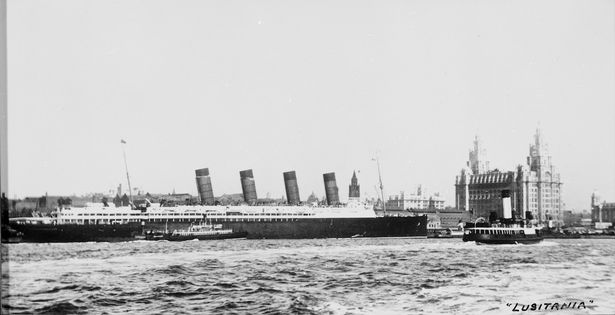
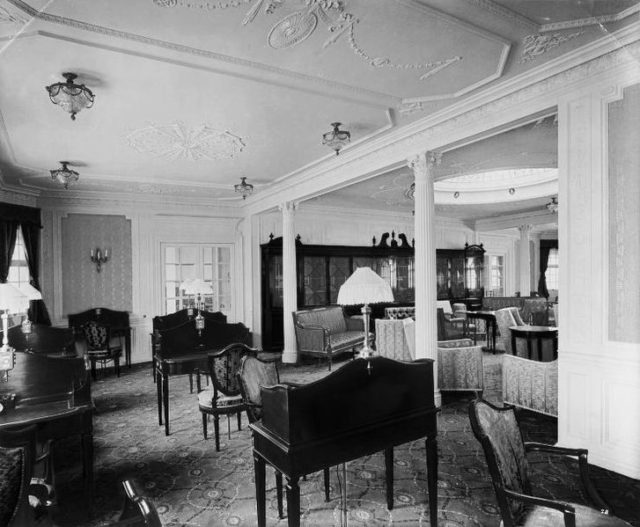
A committee was established in order to design RMS Lusitania. The chairman was James Bain, and one of the most notable committee members was Anglo-Irish engineer Charles Algernon Parsons, inventor of the steam turbine. His company, Parsons Marine Steam Turbine Company, produced the turbine engines for the ship.
Parsons claimed that his company was capable of producing a ship engine that could reach the immense speed of 25 knots. This meant that the ship would have a power of 68,000 shaft horsepower (shp). In comparison, battle-cruisers at the time had around 41,000 shp.
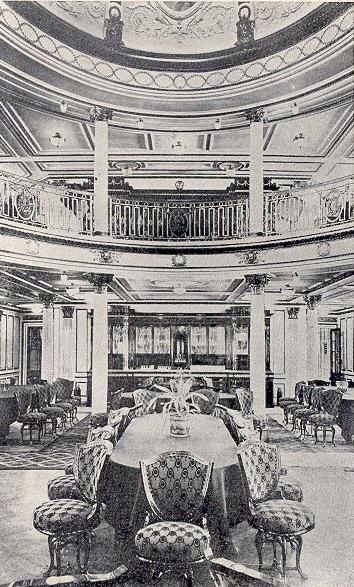
It was to be made by John Brown & Company, the shipbuilding company behind a number of famous vessels such as HMS Repulse and Queen Elizabeth 2, which was in service until 2008.
The initial design of the ship, drafted in 1902, had only three funnels. A fourth was added to the plans in 1904 as well as an additional propeller in order to achieve the desired speed.
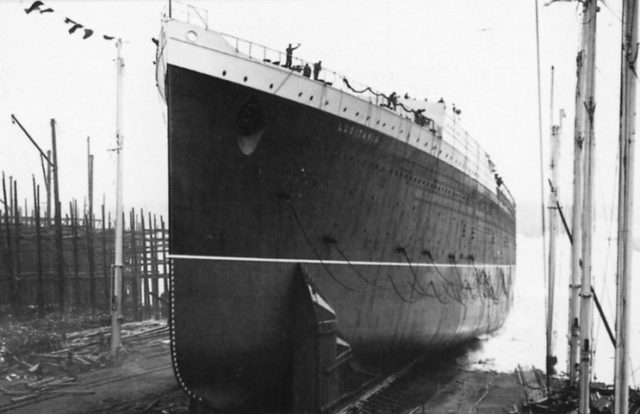
The interior of the ship was among the most luxurious in the waters of the North Atlantic Ocean, comparable only to RMS Mauretania. Scottish architect James Miller was the designer of the interior. Miller was also involved in the design of the Glasgow Central Railway Station extension, as well as the construction of Wemyss Bay railway station.
The difference in the interiors of RMS Mauretania and RMS Lusitania was that Miller decided to go with plasterwork, whereas Harold Peto, the designer of RMS Mauretania’s interior, used wood paneling.
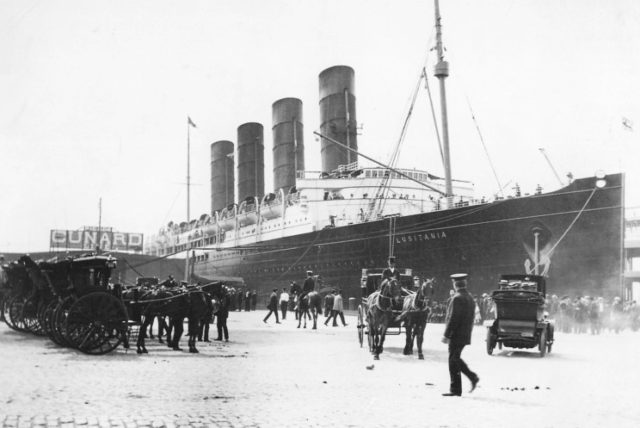
As a result, RMS Lusitania had a brighter interior and thus was the preferred of the two. The ship had six decks in total and the passenger classes were strictly separated from each other. She was capable of carrying almost 2,200 passengers as well as a crew of 800.
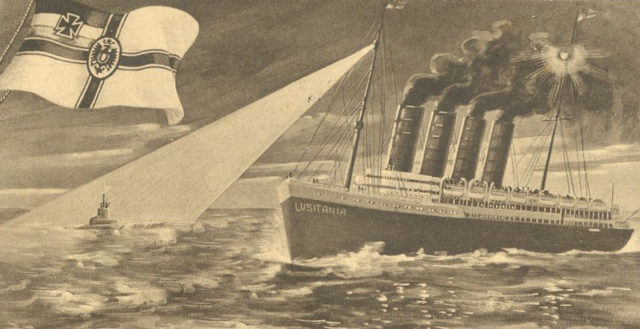
When Franz Ferdinand was assassinated, and thus World War I ignited, RMS Lusitania was flagged as a possible ship to be converted as an armed merchant cruiser.
The conversion was carried out once the ship was admitted to the British Admiralty. She was painted grey to make her less noticeable and remained in use for civilian purposes, unlike the rest of Cunard’s ships, which were converted into troop carriers and hospital ships.
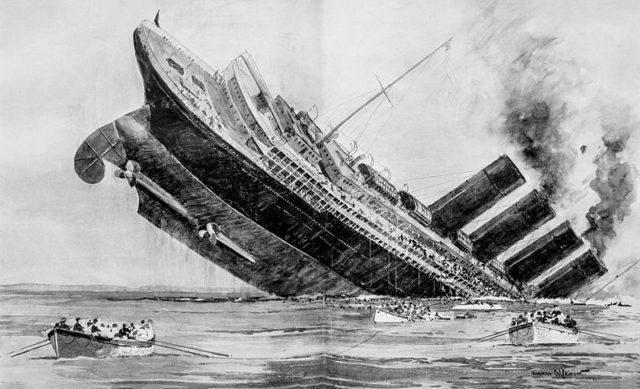
The grey color was only used for a short period and the ship’s true colors were soon returned. The end for the ship happened on May 7, 1915. She was bound for Liverpool when disaster struck – RMS Lusitania was hit by a torpedo.
German submarine U20 had been patrolling British waters off the coast of Kinsale, County Cork, for hours.
See also: Top 5 Ghost Ships – Do they still roam the Seas?
Commander Walther Schwieger could not believe his luck when the Lusitania sailed into view on the seventh day of its passage towards Liverpool from New York. Without warning, he fired the torpedo on that sunny afternoon and 1,198 of the 1,959 passengers and crew on the liner were killed.
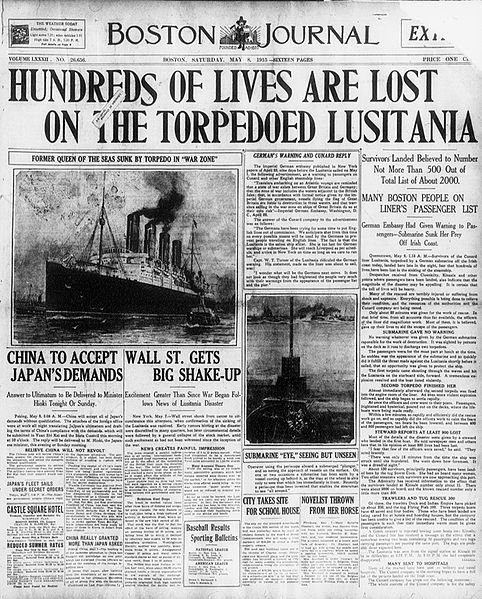
On board at the time were around 1,200 passengers and 696 crew members. The crew immediately set to deploy the lifeboats but the speed at which the ship was sinking made it impossible.
In the end, only six lifeboats were launched out of the ship’s 48. 1,198 people lost their lives. As was the case in the sinking of the Titanic, most of the victims died of hypothermia.
Lusitania is in terrible shape. She hit the bottom of the sea floor very hard, causing a break amidships. Further trouble has been caused by strong currents in the area, depth charging by the Royal Navy in World War II (mistaking Lusitania for a German U-Boat) and the presence of metal eating bacteria. To this very day, RMS Lusitania still rests at the bottom of the sea; lying dormant under 300 feet of water.
